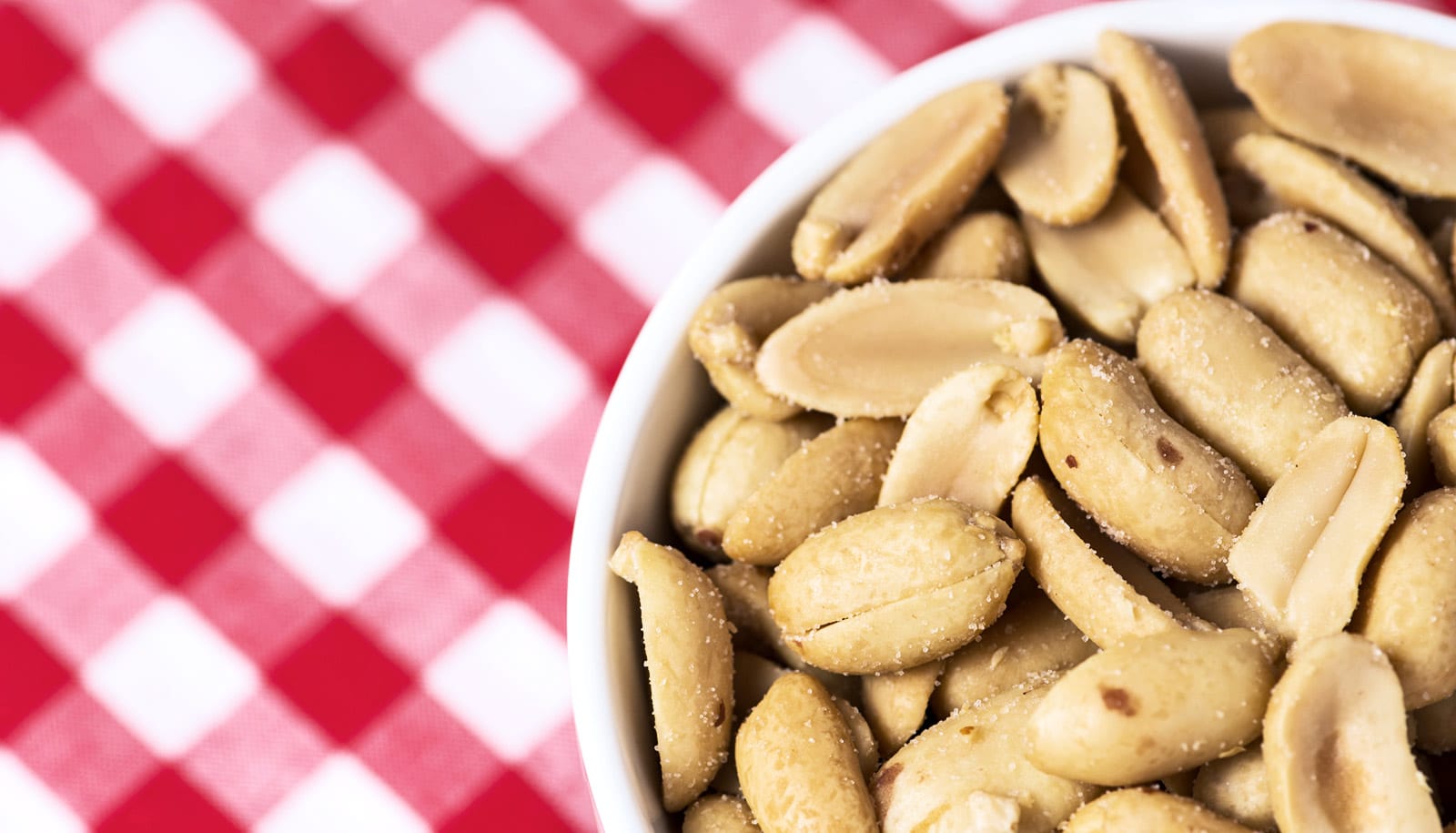A mix of environmental and genetic factors must coexist to trigger food allergies in infants and children, a new study suggests.
“This is a recipe for developing food allergy…”
The factors contributing to food allergy include the genetics that alter skin absorbency, use of infant cleansing wipes that leave soap on the skin, skin exposure to allergens in dust, and skin exposure to food from those providing infant care, according to the study in mice.
“This is a recipe for developing food allergy,” says lead study author Joan Cook-Mills, a professor of allergy-immunology at the Northwestern University Feinberg School of Medicine. “It’s a major advance in our understanding of how food allergy starts early in life.”
Food allergies are on the rise and affect an estimated 4 to 6 percent of children in the US, according to the Centers for Disease Control and Prevention. The prevalence of reported food allergy increased 18 percent among children under age 18 years from 1997 to 2007. Recent data also show hospitalizations with diagnoses related to food allergies have increased among children.
The good news is factors leading to food allergy can be modified in the home environment, Cook-Mills says.
“Reduce baby’s skin exposure to the food allergens by washing your hands before handling the baby,” Cook-Mills says. “Limit use of infant wipes that leave soap on the skin. Rinse soap off with water like we used to do years ago. ”
Cook-Mills made the discovery by using clinical evidence about food allergy in humans, the effects of food allergen and environmental allergen exposures and neonatal mice with genetic mutations that occur in humans.
Clinical evidence shows up to 35 percent of children with food allergies have atopic dermatitis and much of that is explained by at least three different gene mutations that reduce the skin barrier.
Cook-Mills used a neonatal mouse model with skin barrier mutations and tried exposing its skin to food allergens like peanuts. The peanuts alone had no effect.
“Then I thought about what are babies exposed to,” Cook-Mills recalls. “They are exposed to environmental allergens in dust in a home. They may not be eating food allergens as a newborn, but they are getting them on their skin. Say a sibling with peanut butter on her face kisses the baby. Or a parent is preparing food with peanuts and then handles the baby. ”
Next, she read about skin research studies that delivered compounds through the skin by using soap. “I thought oh my gosh! That’s infant wipes!” Cook-Mills says.
The top skin layer is made of lipids (fats), and the soap in the wipes disrupts that barrier, Cook-Mills explains.
Food allergies are up but antibodies aren’t
Skin problems that occur with skin barrier mutations may not be visible until long after a food allergy has already started. The neonatal mice with the mutations had normal-appearing skin, and the dry itchy skin of dermatitis did not develop until the mice were a few months old, the equivalent of a young adult in human years.
After the neonatal mice received three to four skin exposures of food and dust allergens for 40 minutes during a two-week period, researchers gave them they egg or peanut by mouth. The mice had allergic reactions at the site of skin exposure, allergic reactions in the intestine, and the severe allergic food reaction of anaphylaxis that is measured by decreased body temperature.
A skin barrier dysfunction was necessary for food allergy to develop in the mice, but there is a wide continuum of severe to mild skin dysfunction with eczema or atopic dermatitis, which in its mildest form may simply appear to be dry skin.
In patients with skin-barrier defects, there are changes in the proteins in the skin that are a result of mutations in the genes. These gene mutations in patients are primarily heterozygous, which means there is a mutation in one of the two copies of a gene.
Accordingly, in the preclinical studies, neonatal mice were also heterozygous for skin barrier mutations. The mice were co-exposed to food allergens such as egg and peanut proteins, allergens in dust (house dust mite or Alternaria alternate mold) and sodium lauryl sulfate, a soap present in infant cleansing wipes.
These novel animal studies provide a basis to test interventions that will more effectively block the development of food allergy in infants and children, Cook-Mills says.
She is currently studying molecular responses in the skin that are unique to this combination of genetics and skin exposures. The goal is to determine unique signals in the skin that occur during development of food allergy. This will lead to approaches to intervene with those skin signals and block the development of food allergy.
What doctors aren’t telling parents about food allergies
The paper appears in the Journal of Allergy and Clinical Immunology.
National Institutes of Health grants supported the research.
Source: Northwestern University



